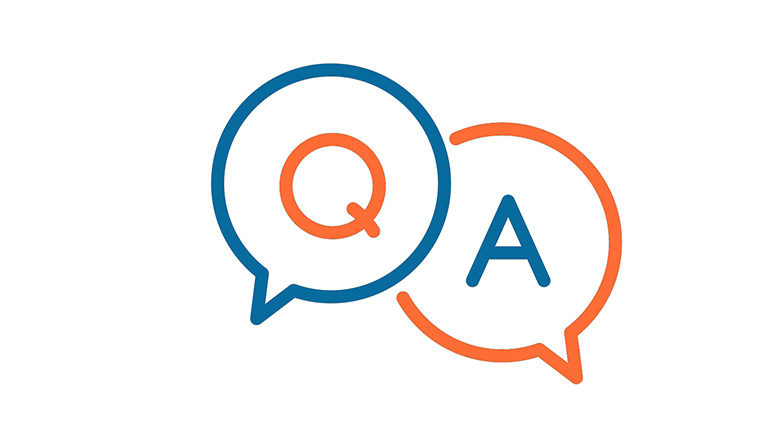
Recent federal legislation to simplify the FAFSA (Free Application for Federal Student Aid) may encourage more students to fill out the form — but the form’s difficulty wasn’t the only barrier to FAFSA completion and college enrollment.
Community College Journal spoke with Bill DeBaun, the National College Attainment Network’s director of data and evaluation, about changes to FAFSA and what other policies can help potential community college students.
CCJ: What data related to FAFSA are you most interested in and why?
DeBaun: For four years, our FormYourFuture FAFSA Tracker has examined FAFSA completion trends among high school seniors at the national, state, city, district and school levels. That’s the focus because those are the data that Federal Student Aid (FSA) puts out on a weekly basis starting each October 1 when the FAFSA cycle opens. FAFSA completion is strongly associated with enrolling in college after graduating from high school, and as such it’s both a useful leading indicator and a signal of student intent. Districts, schools and college access programs across the country treat FAFSA completion as a key milestone, and the FAFSA Tracker spurs friendly competition while also providing valuable information.
Community colleges serve a high number of low-income students who could benefit by filling out the FAFSA. So why aren’t they filling it out?
Community college students have the lowest FAFSA completion rate (62%) of any enrolled student group. The reasons most often cited for not completing the FAFSA include not knowing about the FAFSA or not knowing how to complete the form, being debt-averse or thinking that their credit is too low, or thinking that the form is too complicated. Even with the Data Retrieval Tool (DRT) from the IRS to simplify completing the FAFSA in many cases, the process can still be daunting for many students and families. Given the relative affordability of many community colleges, some students may see the cost and opt to pay it out of pocket rather than tackling the FAFSA.
How will a simplified FAFSA, as recently passed by Congress, affect the number of people who fill out the form?
Hopefully, it will drive that number way up! The fiscal year 2021 omnibus spending/Covid stimulus combination bill included a significant reduction to the FAFSA (from 108 questions to a maximum of 36). The new FAFSA will also use a new measure for Pell Grant eligibility to provide better early awareness of the need-based aid for which students qualify. These changes will make students’ Pell Grants more predictable in advance, which ideally will bolster their postsecondary aspirations and lead them to firm up postsecondary plans. As my colleague Carrie Warick put it, “This knowledge can help parents plan in advance, equip adult learners considering postsecondary education with the knowledge that aid will be available, and help all filers know whether they will qualify for state and institutional programs that require Pell eligibility.”

